Learning the basics at the Honda Racing Academy
We spend a day at the Honda Ten10 Racing Academy to learn the tricks of track riding but returned more educated than anticipated. Like every kid I hated school. Aside from the 6am wake up alarms, and for the fact that they never told us that we are never going to use subjects like algebra in real life.
We spend a day at the Honda Ten10 Racing Academy to learn the tricks of track riding but returned more educated than anticipated.
Like every kid I hated school. Aside from the 6am wake up alarms, and for the fact that they never told us that we are never going to use subjects like algebra in real life. But when we got the invite to the Honda Ten10 Racing Academy (HTRA), I just knew this is a school I would love to attend. While Honda might call it a racing academy, for me it was nothing less than going to school. And I say that because I had never received formal education of riding on a race track until now. More importantly, as I learnt the A-B-Cs of track riding, I knew that these learnings will be a lot more useful to me than algebra.
But before I get down to what I learnt at the HTRA, let me tell you why it is effective. The course is split into three classroom sessions each of which is followed by a track session. And this works brilliantly for rookies like me as we get to apply on the track what we learnt in the classroom. I write this article not as someone who’s mastered the subject – I have a long way to go before I get there, but as a geek who’s recently found what you stand to gain from the endeavour. So here goes.
Throttle control
After briefing us about the safety measures to be followed on a race track, our trainer Ramji Govindarajan sent us out on track with two instructions to start with – ride the entire length of the Madras Motor Race Track (MMRT) in fourth gear and do not use the brakes. It might sound like a simple thing to do, but trust me, it isn’t. But the result was indeed positive. By eliminating the two things that can possibly consume the mind the most, I was now free to concentrate on throttle inputs. A few laps in, I started staying on the throttle when leaned into the corner. This allows the rear suspension to compress which in turn increases the contact patch on the rear tyre, thereby providing better grip.
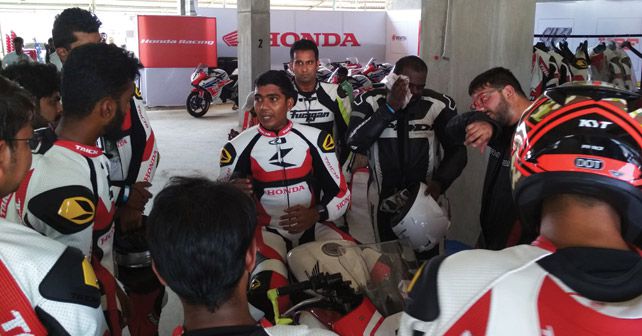
Slow down to go fast
In the second classroom session, Ramji really got us thinking when he said “you need to slow down to go fast”. We didn’t know it then, but it was probably the best advise we got during the training session. Upon reaching the braking marker, we were told to deliberately brake hard with almost 90 percent of the braking force. By doing this, you achieve two things – it brings your speed down for the turn, and two, under braking the front dives in, automatically adding more weight to the front tyre, giving it better grip for the turn. Also, on braking harder, you drop speed faster, which effectively means you can stay on the throttle for a longer time.
Cornering and vision
To help us understand the lines of the race track, former Indian Moto3 rider Sarath Kumar rode a few laps with each of us. He helped us find reference points braking and for turning into a corner. To go fast around bends, one needs to find the straightest line around it. If like me, you turn in early, you’d possibly have to lean the bike more. But to go fast around a corner, you need to do the exact opposite. Turning in later would result in your bike being leaned for a shorter duration which will help you find the straightest line. But to get it absolutely right, you need to be sure of your turning markers and as you approach them look towards the furthest end of the corner.
Body position
Getting your body position right doesn’t necessarily mean you have to get your knee down like MotoGP riders. When this piece of advice comes from someone who’s been part of scene, you know it holds true. It is in fact positioning your body in a way that helps improve grip or aerodynamics. Sarath showed us how to sit on a bike and the right posture for corners as well as straights. If you have read other articles about track training you’ve probably read idioms like ‘kiss the mirrors’. I too had. But it was only when I went out on track and tried it that I understood the physics behind it. With barely anything to weigh down the front-end of a motorcycle, it sometimes tends to feels loose while cornering. Moving your head towards the inside mirror puts weight on the front end which makes sure it feels planted. But it isn’t just the upper body that does all the hard work. Slipping one butt cheek off the seat, your hips should be pointed in the direction of the turn – this will automatically bring your knee out. Meanwhile, the outside knee should grip the side of the tank. While getting your body position right for corners is tricky, on the straights it’s all about crouching down and hiding behind the windscreen as much as possible.
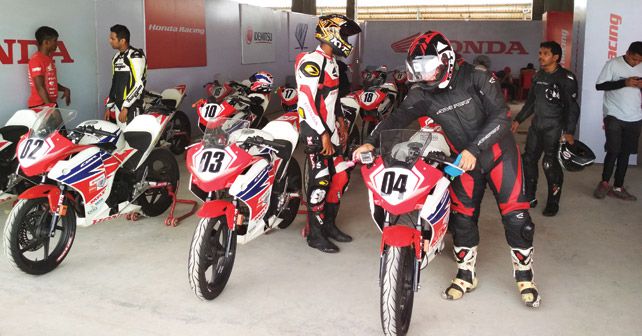
Crash management
Crashing hurts! When riding a motorcycle crashing is inevitable but you can take a few measures to reduce the damage. It is human tendency to stick your hand out to cushion the fall. This can be extremely dangerous. Two things to keep in mind when you crash – let the bike go as quickly as possible and keep your arms close to your chest. Of course, there was no on-track training for this one, but I guess it is a thing we should all keep in mind in anticipation of the worst.
Motorcycle riding is as much a theoretical subject as it is practical. While most of us have learnt how to ride with help from relatives or friends, we have never been explained the physics of it. You learn a lot by understanding it all and experimenting it right there, in a controlled environment. I know I did. Moreover, when you have experts like Ramji and Sarath to lead the way, you know you are in good hands. This one-day course was just Level 1 of the Honda Ten10 Racing Academy and I can already feel the improvements. Now to master them all before I attend Level 2.

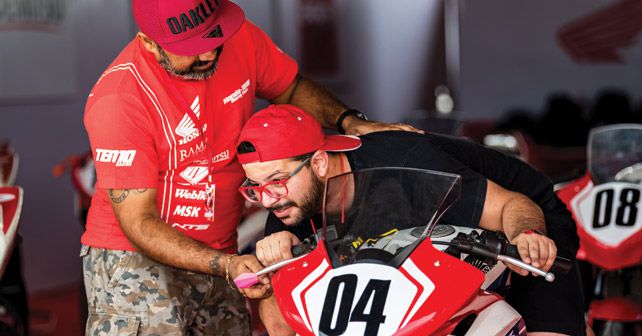
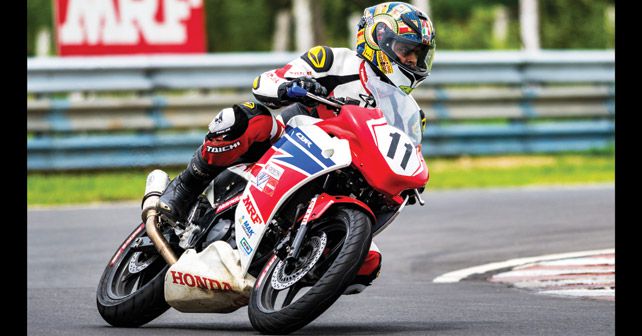
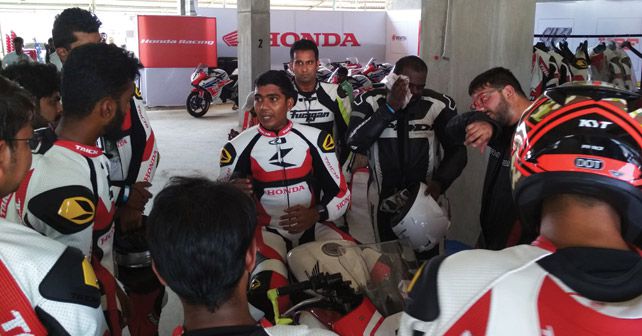
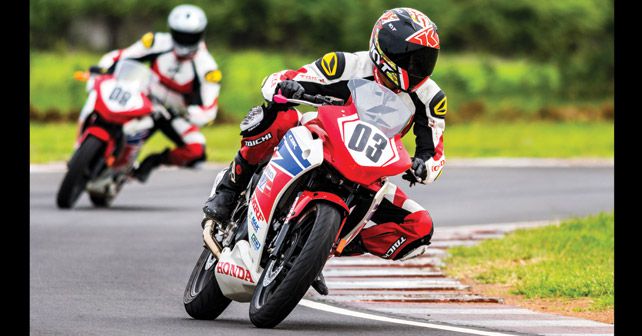
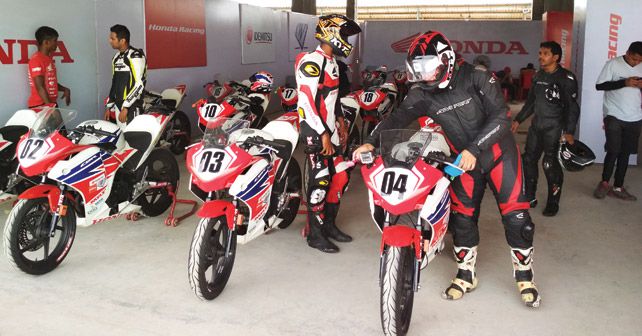
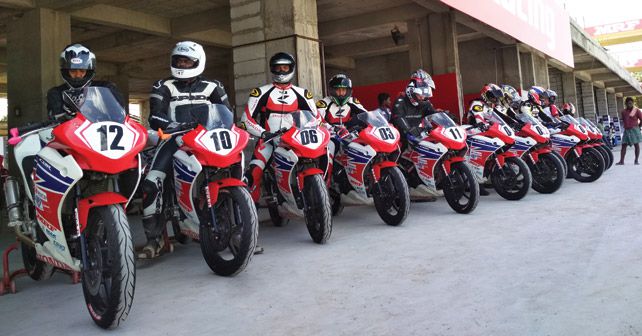
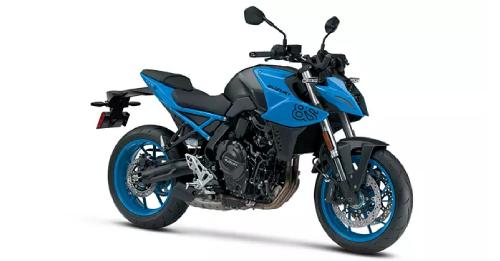
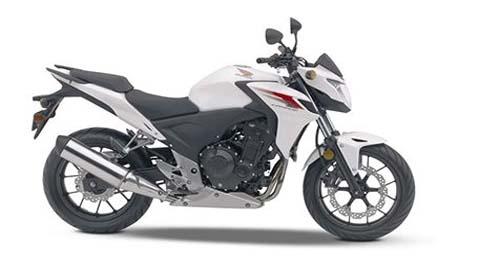
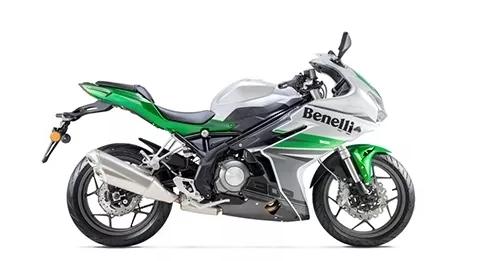
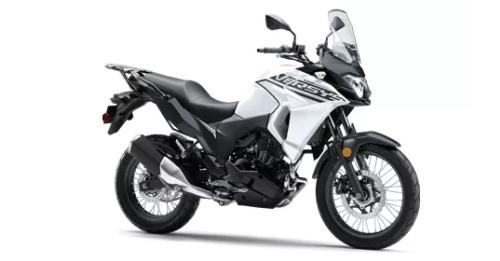
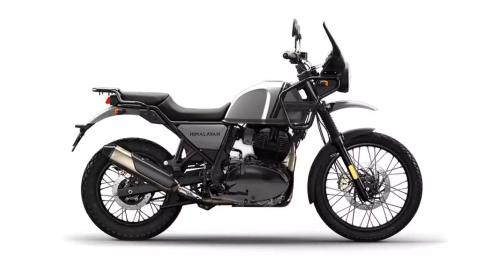
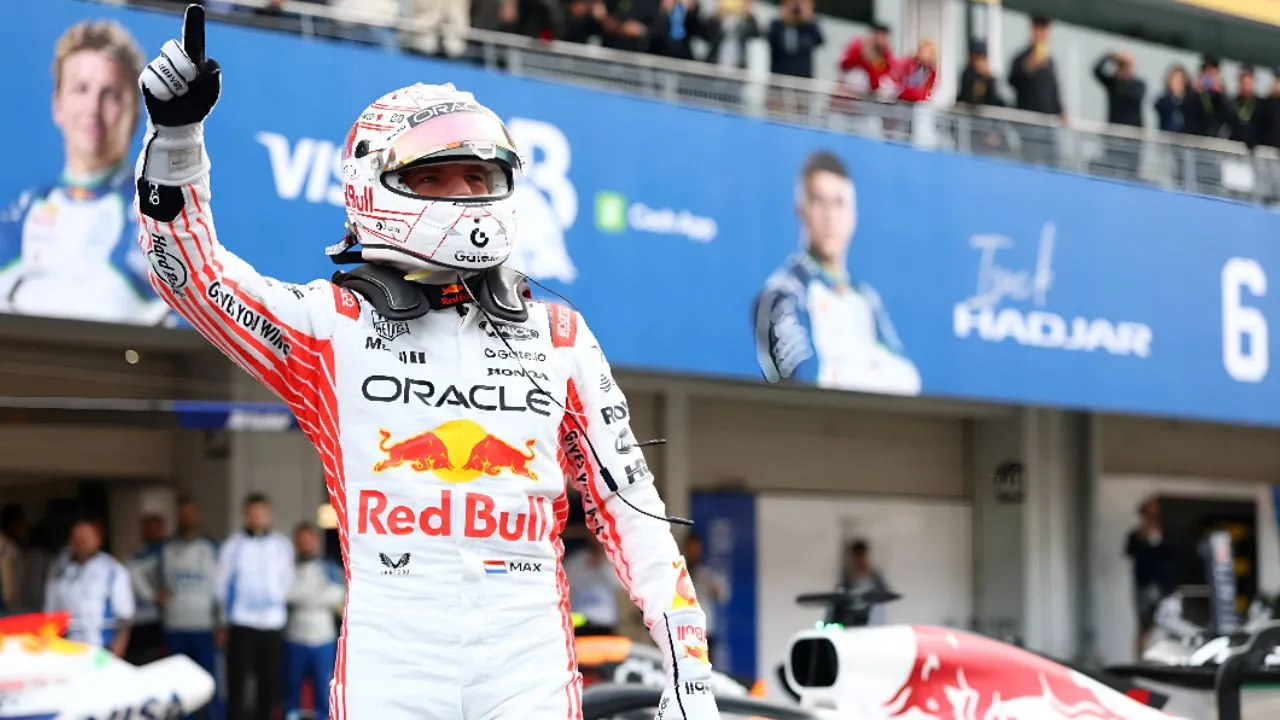
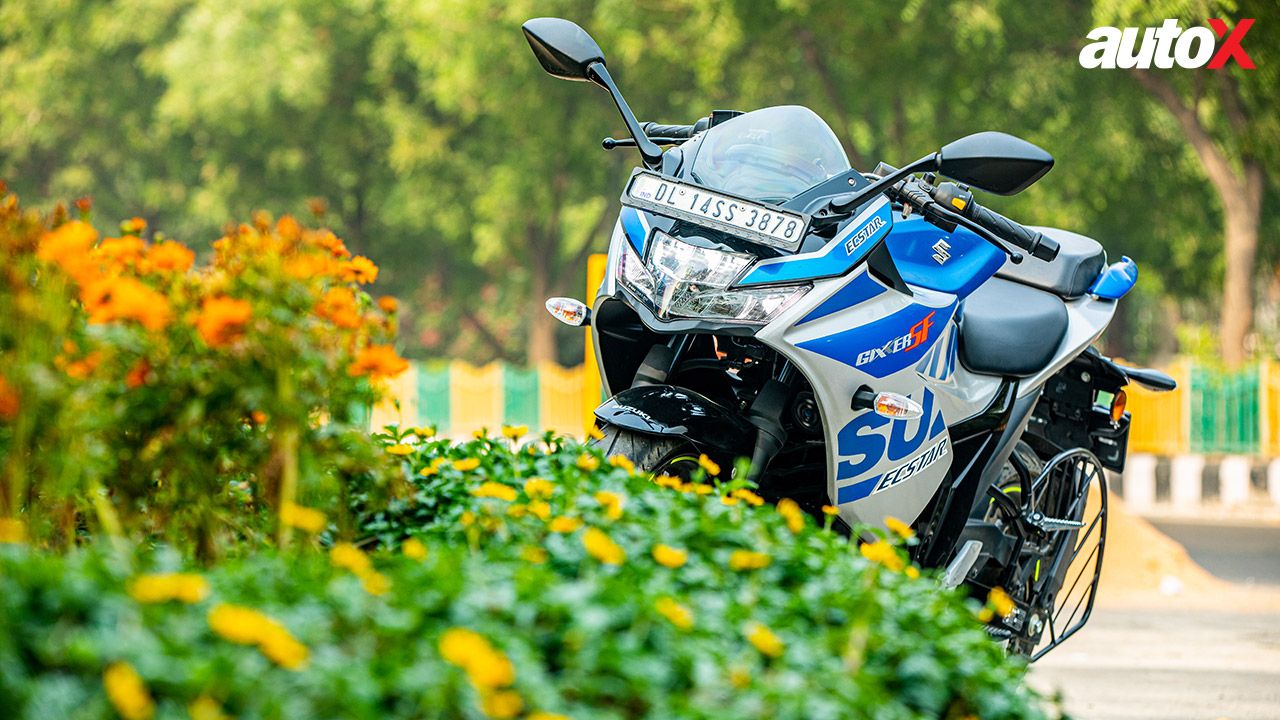
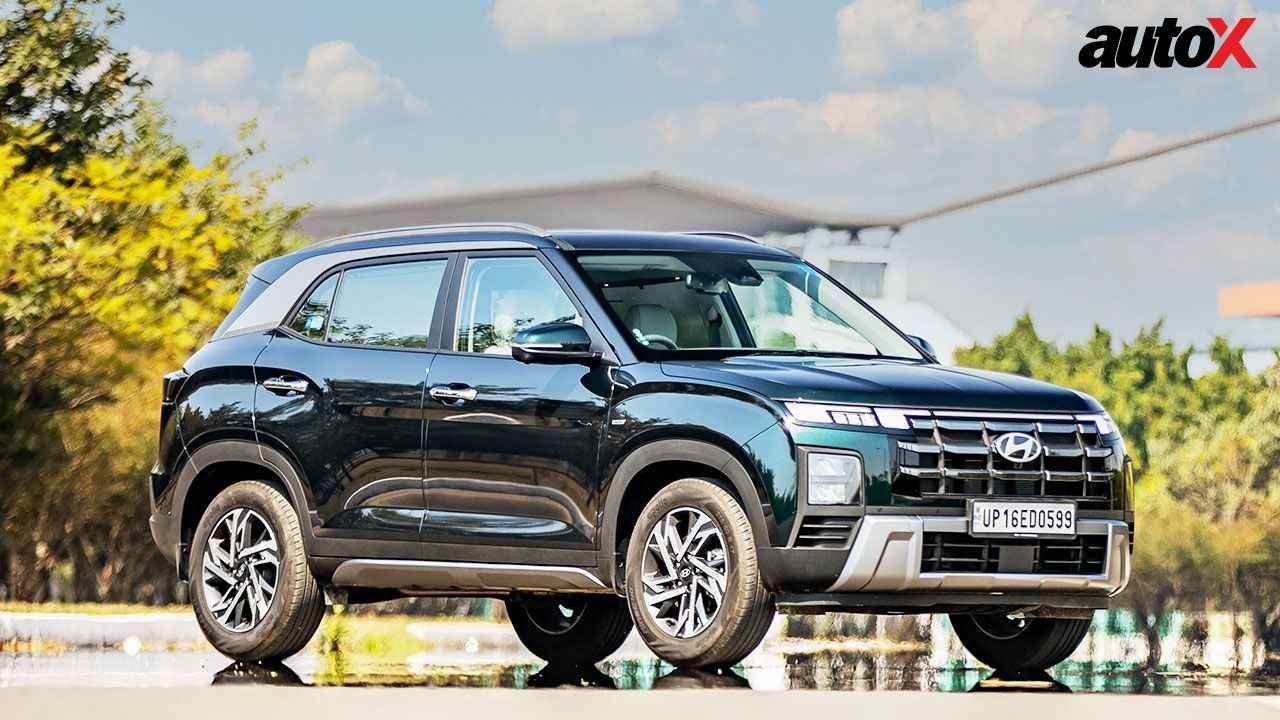
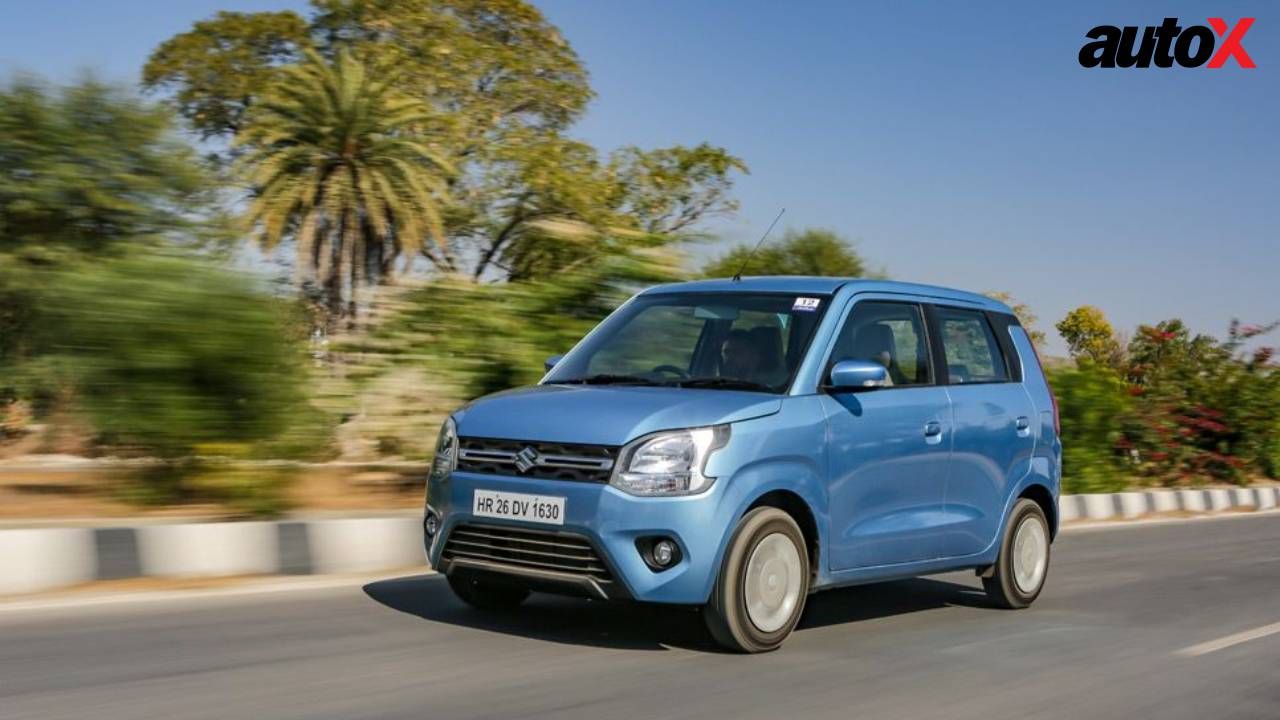
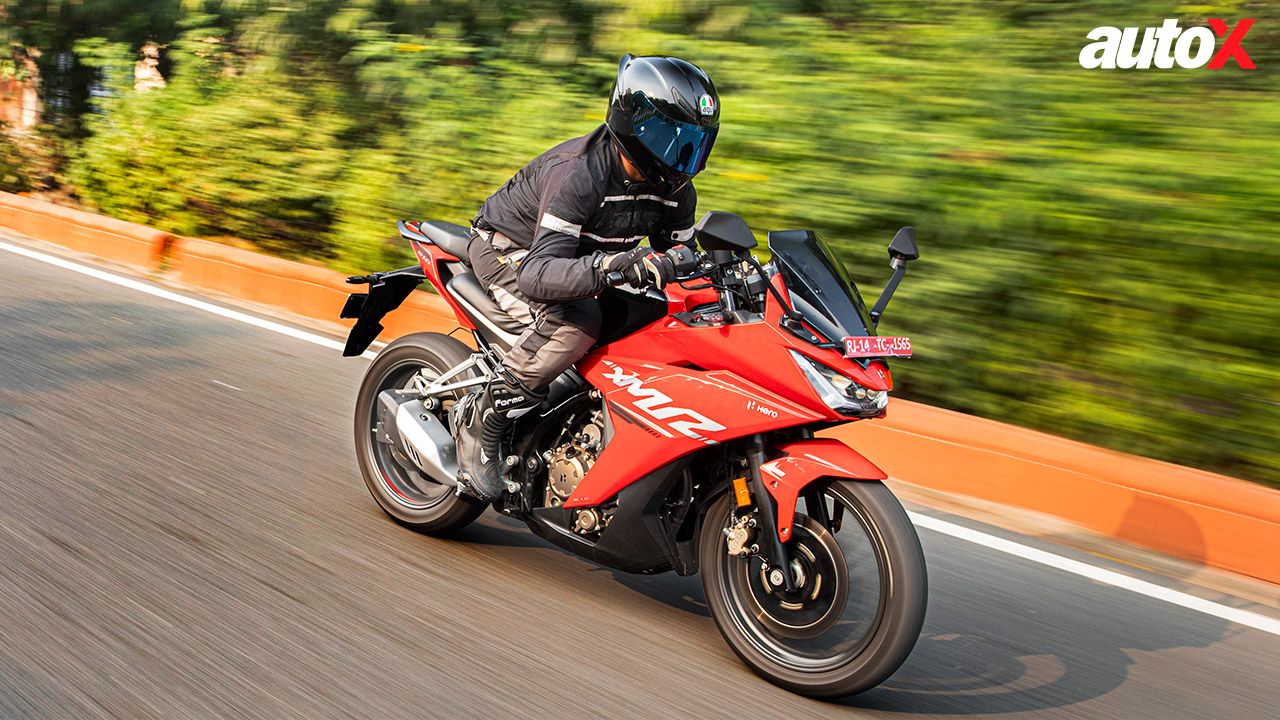





Write your Comment on